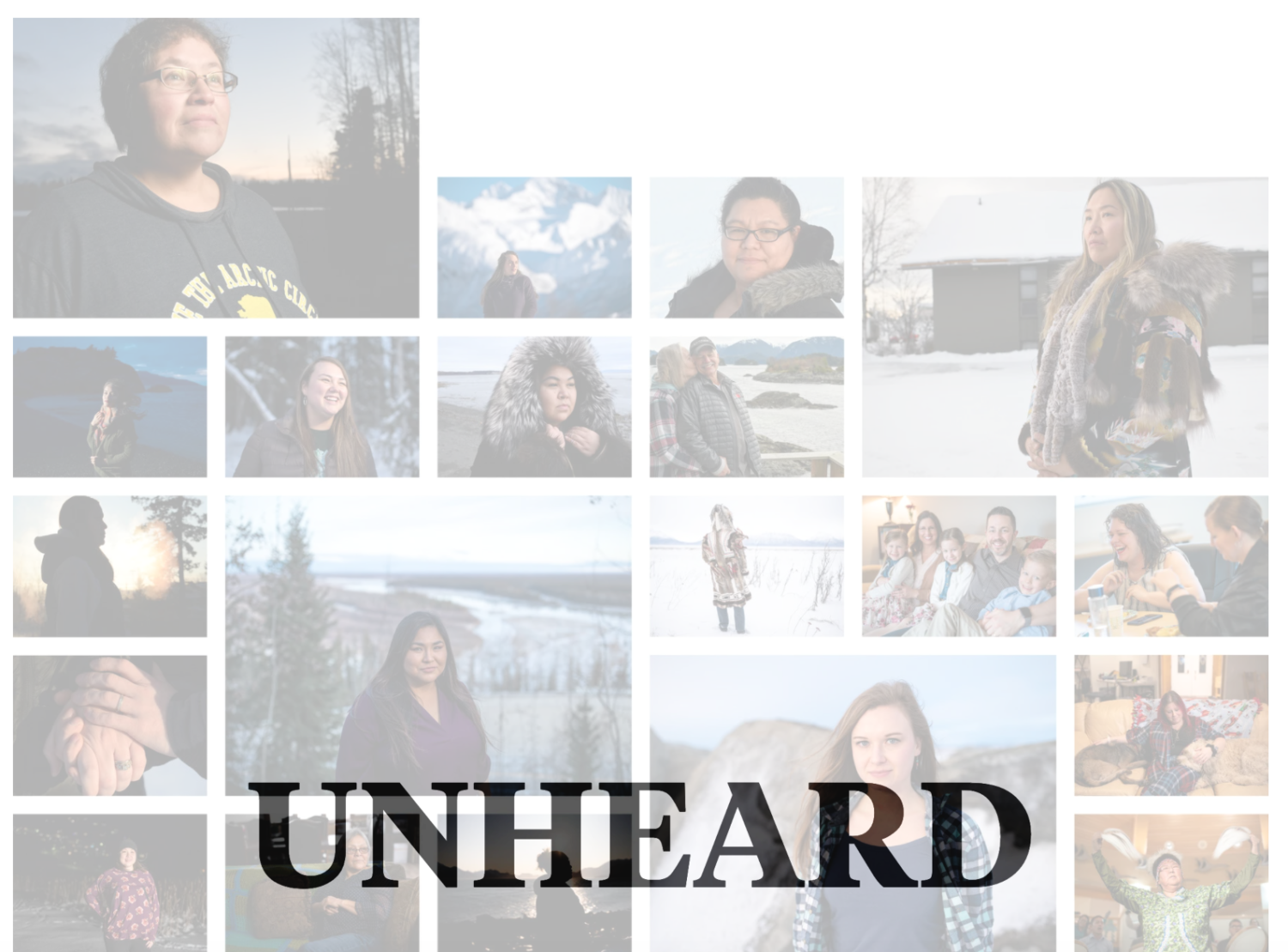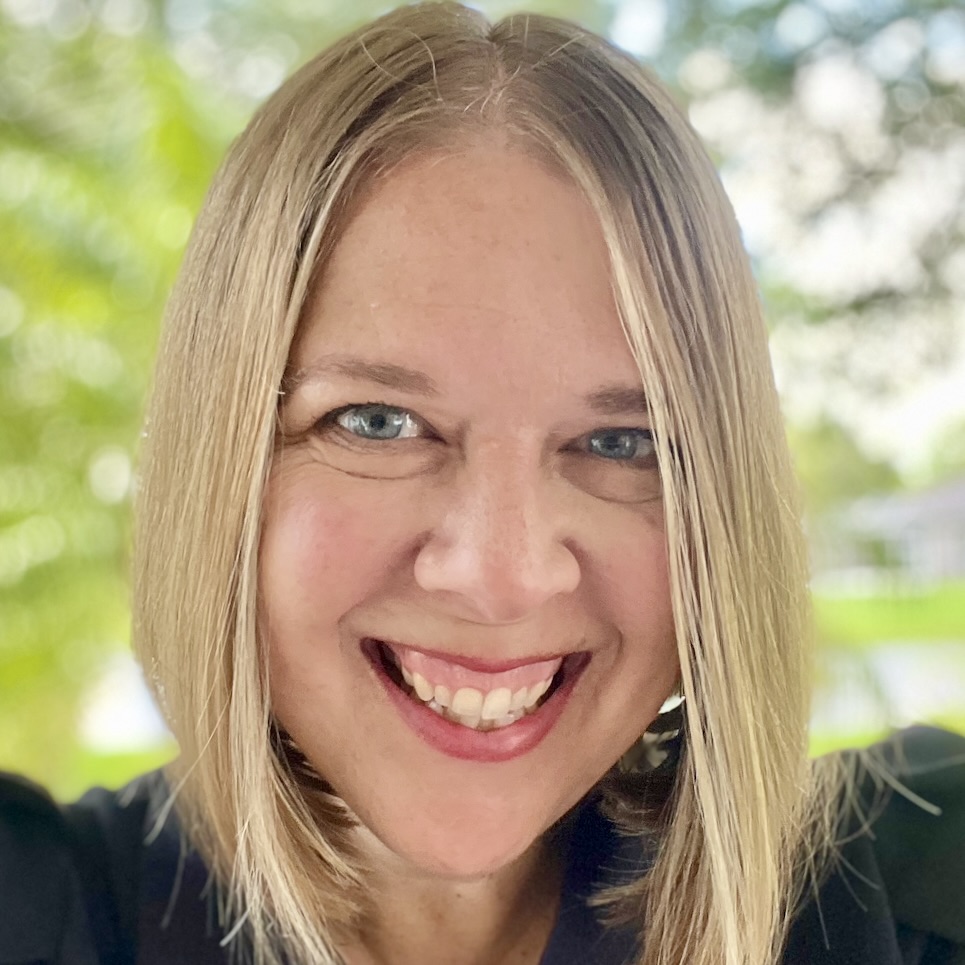This piece originally appeared in Local Edition, our newsletter devoted to the telling stories of local journalists. Want to be part of the conversation? You can subscribe here.
The Anchorage Daily News and ProPublica spent a year telling stories about sexual assault and the failings of the criminal justice system in Alaska. That project, Lawless, earned the two newsrooms a Pulitzer Prize.
But they didn’t stop working after that, and they didn’t stop listening.
Their latest project, Unheard, helped men and women in Alaska tell their own stories. In June, it published in print and online. Now it’s an outdoor art installation in downtown Anchorage.
The project online begins with this:
Alaska has the highest rate of sexual assault in the nation, nearly four times the national average. About one third of women in Alaska have experienced sexual violence in their lifetime. Yet it is a secret so steeped into everyday life that to discuss it is to disrupt the norm.
These 29 women and men did not choose to be violated, but they now are choosing to speak about what happened to them.
Aurora Ford is one of the people who spoke up. And now, a 9-foot panel with her portrait, quote and audio installed at the museum face the youth shelter where she works.
Ford, who’d been out of town, hadn’t yet seen the installation when we spoke earlier this week. She walked over to the window and looked out while we talked.
“Oh yeah. There they are,” she said. “They’re huge. And pretty hard to ignore. They’re not subtle. I don’t mean that in a bad way.”

An installation of the Unheard project is displayed at the Anchorage Museum on July 2, 2020. (Loren Holmes / ADN)
Last May, the two newsrooms started working on Unheard together as part of ProPublica’s Local Reporting Network. That included reporting from Adriana Gallardo, Nadia Sussman and Agnes Chang at ProPublica, and Kyle Hopkins and Michelle Theriault Boots at the Anchorage Daily News.
In October, photojournalists Anne Raup, Loren Holmes and Marc Lester from the Daily News joined them.
Key to the project: Listening and making sure the people involved felt heard and in control of their own stories. Trust is the foundation, said Raup, and it took months for her colleagues to build it through diligent reporting. When it came time to make images, the concept was that everyone would have similar backgrounds and lighting — for the images to feel connected.
The photojournalists flew and drove more than 10,000 miles to get to each subject.
And pretty quickly, Raup said, it became obvious that each person needed to be in a space they felt safe, comfortable, empowered.
She wrote about the process along with ProPublica’s Agnes Chang:
From the very first interviews, we were struck by the resilience of our participants. Prior projects about sexual assault sometimes focused on the haunting trauma, but we wanted instead to portray the strength of our subjects and focus on who they’ve become. We set out for this process to be a dialogue, a collaboration with each of our participants on how they wanted their bodies and their identities to be portrayed. After all, assaults are crimes where their choices are taken away. We wanted to redefine the image of sexual assault survivors.
Reporters gathered audio, too, with the idea that the project could feel like a museum installation.
Then, it actually became one.
Just before publishing in print, an editor from the Daily News reached out to the director of the Anchorage Museum, and the museum commissioned the installation.
Gallardo figured less than half of the subjects would want to take part. But 27 of the 29 said yes immediately.
“It was wonderful to see how far they came in being in complete ownership of their stories,” she said. “So much so that they’d be willing to put their face on a wall in downtown Anchorage.”
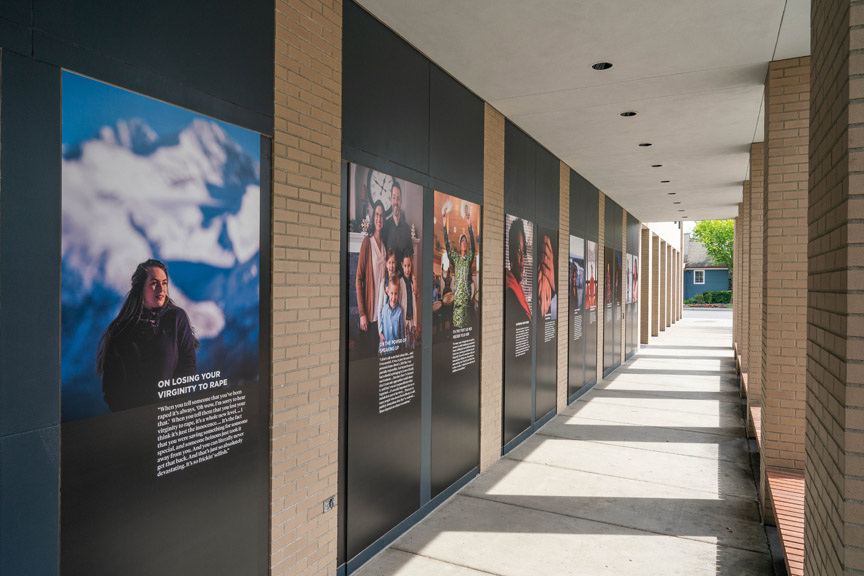
Each panel is 9-feet tall by 4-feet wide. It’s also the heart and soul of Lawless, said Anchorage Daily News photojournalist Anne Raup, said, zooming in from systematic issues to individual stories.
(Loren Holmes /ADN)
Unheard will be displayed in downtown Anchorage through September.
On Sunday night, Raup went to see it herself and watched as a couple went from portrait to portrait, reading and listening to every word. The online, print and in-person projects all include a space of silence for people who aren’t yet ready to share their own stories.
The project is ambitious, but it happened amidst ongoing breaking news, including the pandemic, which caused both newsrooms to pause.
When they finally published on June 1, Gallardo said, the world was literally on fire from protests against police brutality.
They weren’t sure people had space for anything else, she said, but “we can’t speak about all the ways that justice needs to be served without including sexual violence and sexual assault in these discussions.”
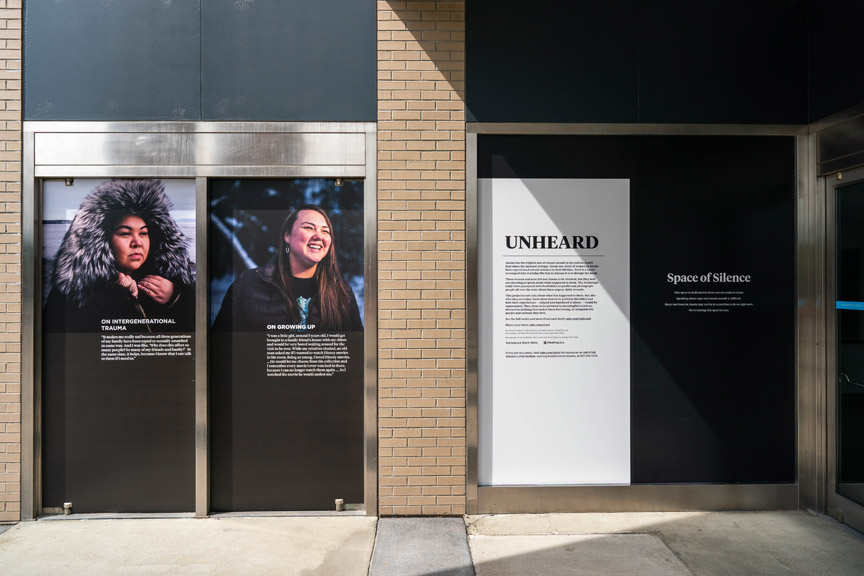
The installation includes a space of silence for people who aren’t yet ready to tell their stories. (Loren Holmes /ADN)
Ford, whose image looks out on her downtown workplace, got involved with Unheard when she saw a survey on Facebook asking about people’s experiences with sexual violence and law enforcement. She filled it out.
“They were wonderful. I’ll say that first,” said Ford, who’s also a writer and editor, about the journalists she worked with. “They were very thoughtful. I think they put a lot of thought into everything that they asked.”
A number of women involved with the project were also Alaskan Natives, Ford said, and some worried that the process would be extractive.
It was not.
No one was portrayed as a victim. They had control of their own stories, Ford said, and with stories like this, that’s crucial.
“I dearly hope that as a result of it, more people will get mad,” she said. “That seems to be the only way things change.”
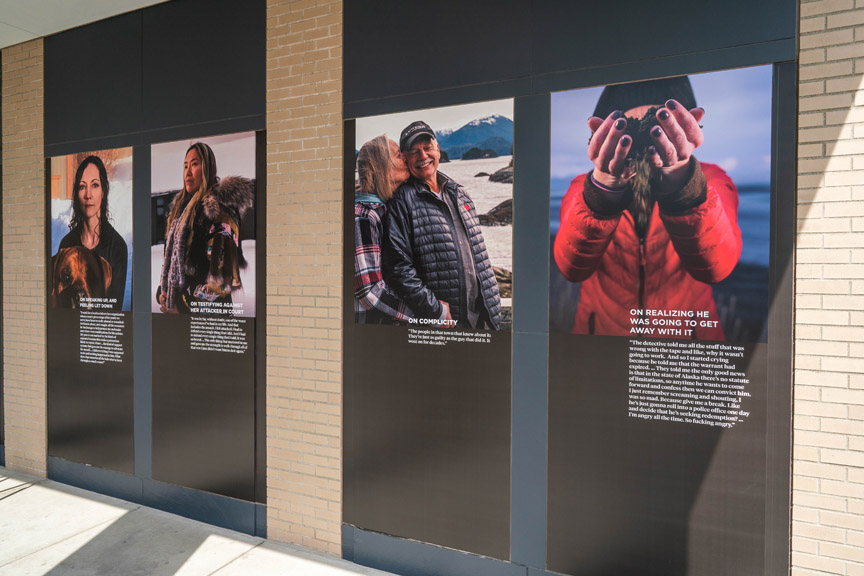
Unheard will stay on the outside walls of the museum through September. (Loren Holmes /ADN)
Kristen Hare covers the business and people of local news for Poynter.org and is the editor of Locally. You can subscribe to her weekly newsletter here. Kristen can be reached at khare@poynter.org or on Twitter at @kristenhare.

